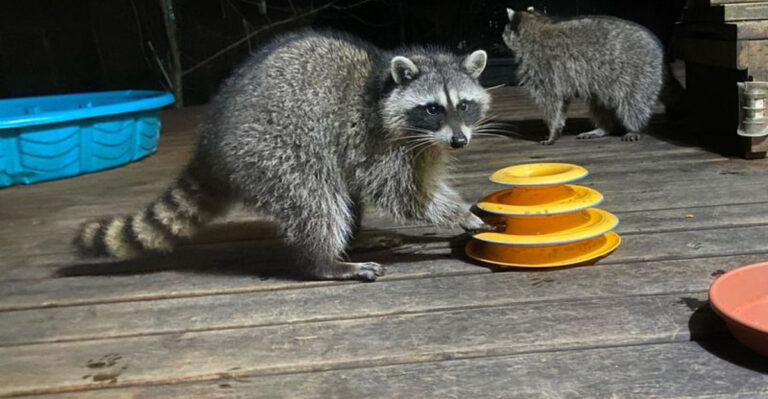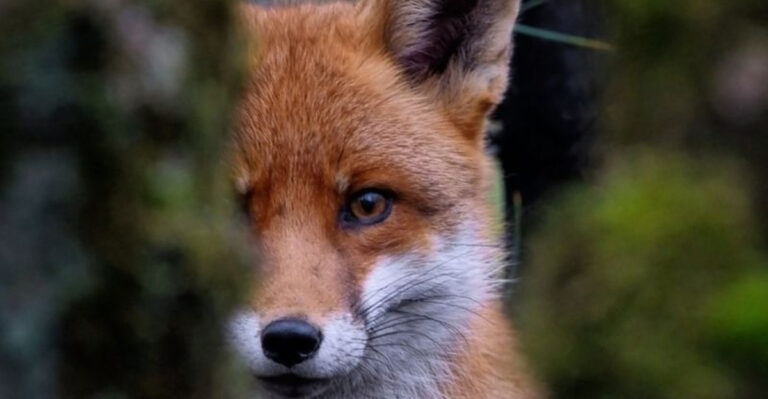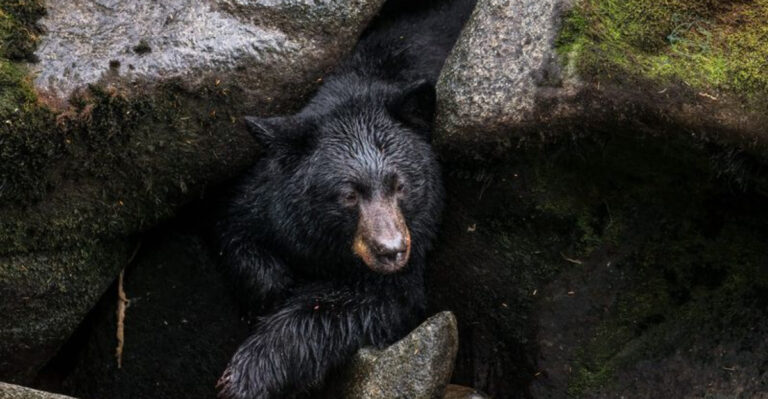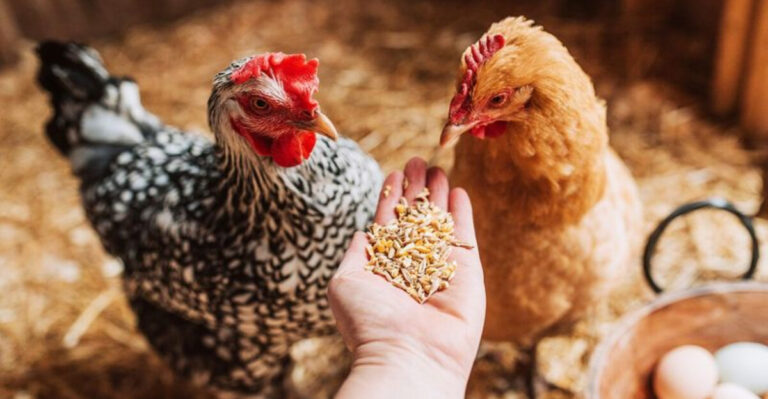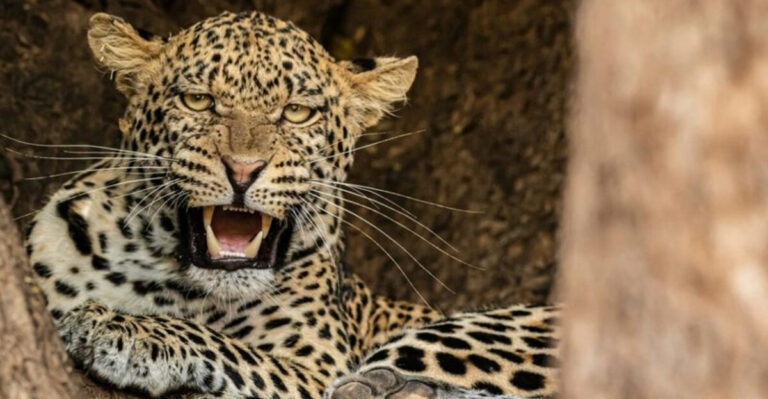Millions Of Years Ago, Creatures Like Rhinos, Elephants, And Antelopes Roamed Texas
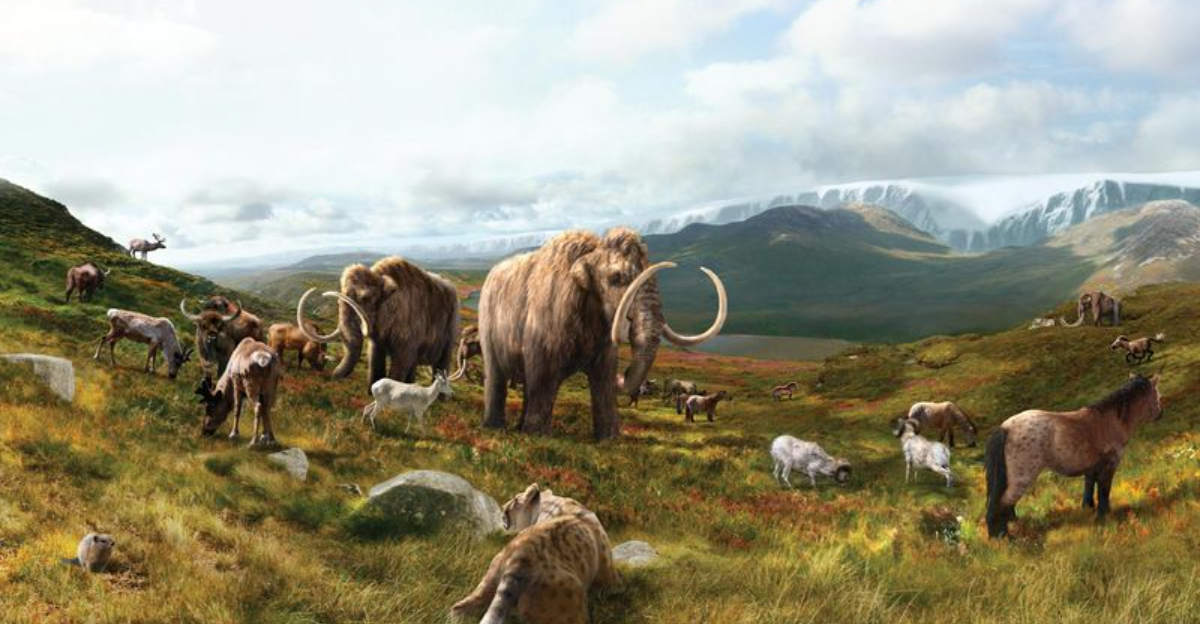
Beneath the modern Texas landscape lies a hidden prehistoric world that would astonish most people today. Long before cowboys and oil derricks, massive creatures thundered across what would become the Lone Star State.
The fossilized remains discovered throughout Texas tell an incredible story of a time when the region looked more like an African savanna than the Texas we know today.
1. Rhinos Once Roamed The Texas Landscape
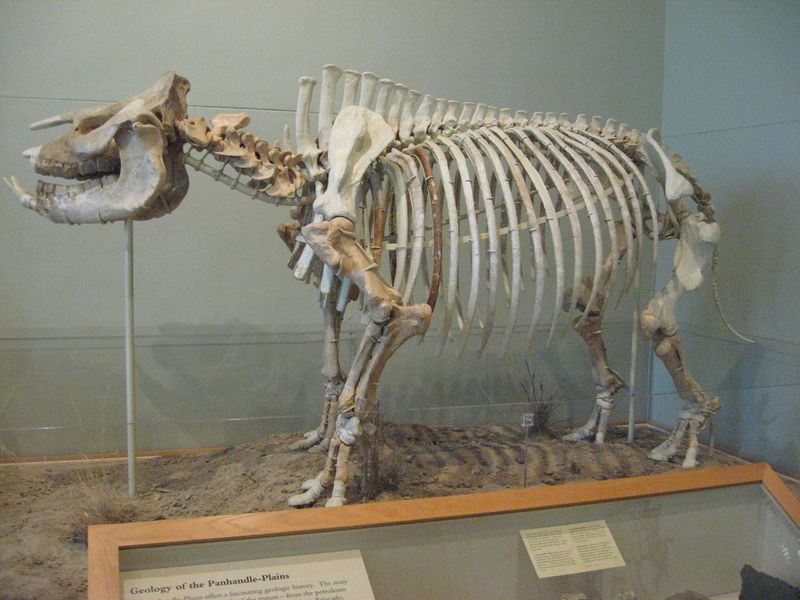
Standing taller than a pickup truck, prehistoric rhinos called Teleoceras galloped across ancient Texas prairies about 5 million years ago. Unlike modern rhinos, these barrel-bodied beasts had shorter legs and looked more like hippos!
Fossil discoveries in the Texas Panhandle reveal they lived alongside early horses and camels, forming diverse herds that grazed on the lush vegetation.
2. Elephants Lived In Ancient Texas
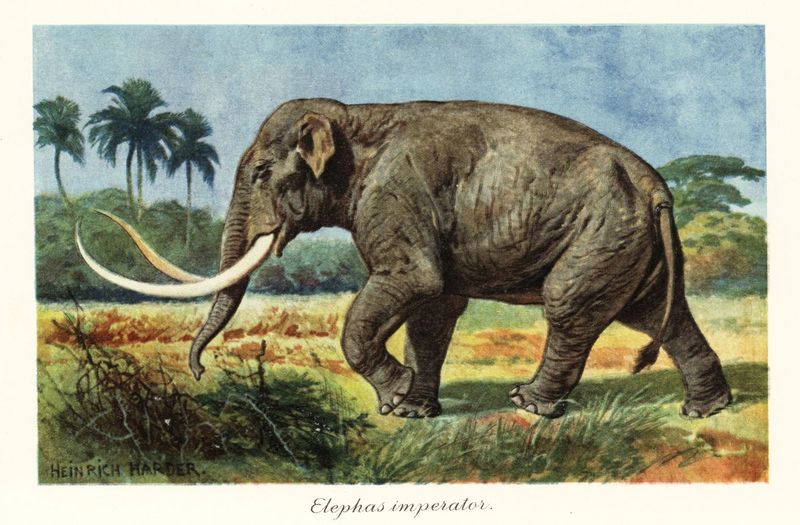
Would you believe tusks over 16 feet long once swept through Texas brush country? Columbian mammoths, larger than today’s elephants, created ancient highways across Texas during the Pleistocene epoch.
Their massive footprints left depressions that sometimes filled with water, creating mini-ecosystems for other animals. The Waco Mammoth National Monument preserves a nursery herd that perished together thousands of years ago.
3. Antelopes Inhabited Texas Millions Of Years Ago

Swift as the wind and graceful as dancers, ancient pronghorn relatives zipped across Texas plains at speeds that would make modern sports cars jealous. Their distinctive forked horns became their signature feature.
Surprisingly, these weren’t true antelopes but uniquely American animals that evolved to outrun predators that no longer exist. Some fossil specimens show adaptations perfectly suited for the changing Texas climate of their time.
4. Mammoths Traveled Across Texas In Prehistoric Times
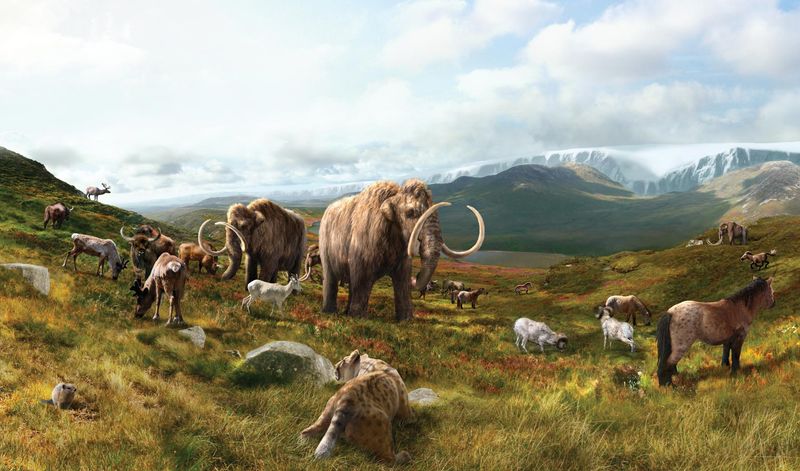
Forget longhorn cattle drives – mammoth migrations were Texas’s first great animal journeys! These shaggy giants traveled seasonal routes across what would become Texas, following ancient game trails.
Their tusks grew in spiral patterns unique to each individual, like fingerprints. When mammoths passed away near ancient streams, their massive bones sometimes created natural dams, altering waterways that shaped the early Texas landscape we see hints of today.
5. Texas Was Home To Prehistoric Giants

Talk about Texas-sized! The giant ground sloth Eremotherium could reach 20 feet tall when standing on hind legs – taller than a modern giraffe! These gentle plant-eaters moved in slow motion across ancient Texas.
Despite their intimidating claws, they used them mainly for pulling down branches. Fossilized dung (yes, prehistoric poop!) shows they ate everything from mesquite pods to prickly pear, helping spread plant seeds across the developing Texas ecosystems.
6. Prehistoric Texas: A Wild Habitat For Large Creatures
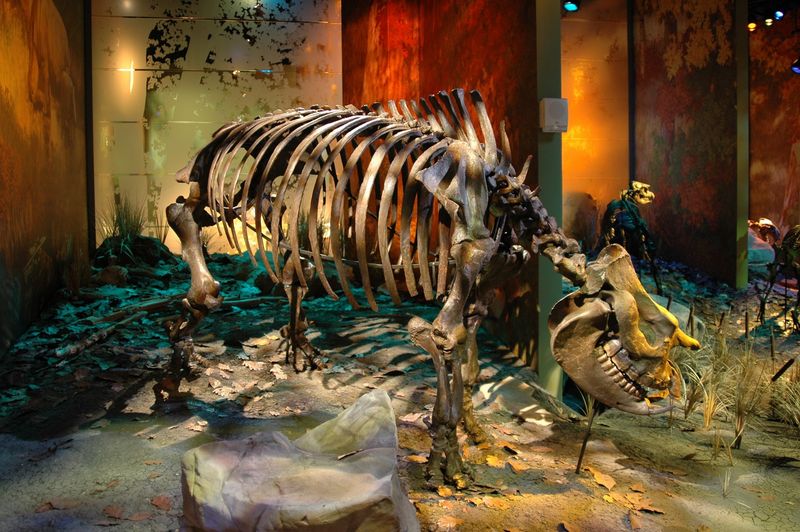
Imagine Texas transformed into a patchwork of woodlands, savannas, and wetlands – a prehistoric paradise! Climate fluctuations created diverse habitats where giant tortoises the size of coffee tables plodded alongside six-foot-tall birds.
Ancient Texas wasn’t just big mammals – it supported entire ecosystems of interconnected species. Fossil pollen shows that parts of Texas once resembled African landscapes, with seasonal rains supporting massive herds of diverse creatures.
7. Saber-Toothed Cats Roamed The Texas Plains
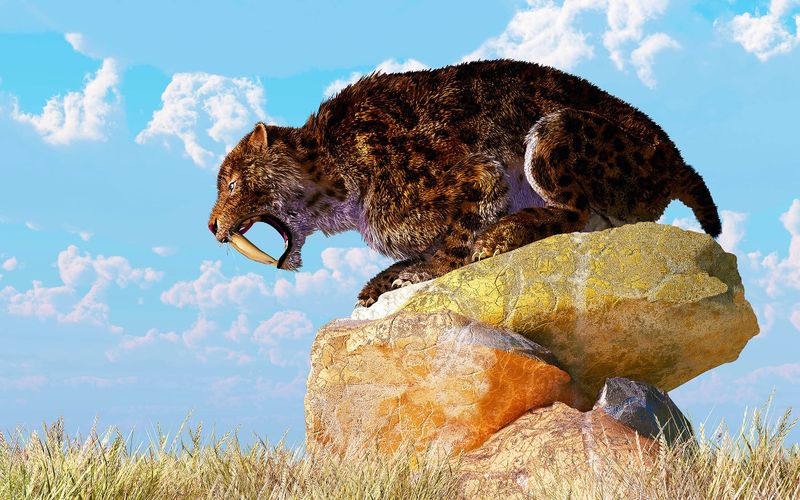
Fangs as long as steak knives! Smilodon, the infamous saber-toothed cat, stalked prey across ancient Texas using stealth rather than speed. Their muscular build made them ambush predators, not marathon runners.
Fossil evidence from Texas caves shows these predators didn’t waste their prey. They dragged portions back to dens where cubs waited. Their extinction roughly 10,000 years ago coincided with the disappearance of their large prey animals.
8. Bison Once Dominated The Texas Terrain
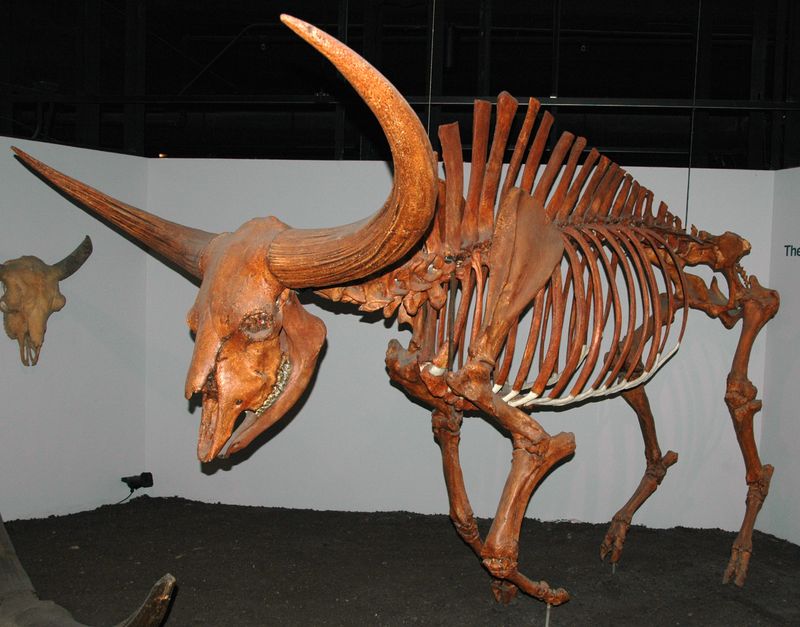
Before cattle ranches, ancient bison with horns spanning six feet tip-to-tip thundered across Texas in herds that blackened the horizon. These weren’t today’s bison but Bison latifrons – giants standing nearly 8 feet tall!
Their massive hooves shaped the landscape by creating wallows that collected rainwater. Native plants evolved alongside these giants, developing seeds that hitchhiked on bison fur to spread across the developing Texas prairie ecosystem.
9. Texas’ Ancient Ecosystem Was Rich In Large Mammals

Ever heard of glyptodonts? These car-sized armadillo relatives rumbled through Texas sporting shell armor that could stop a modern bullet! Their club-like tails served as built-in weapons against predators.
Ancient Texas featured an incredible mix of familiar and alien-looking creatures. Fossil beds near modern-day Austin reveal that giant beaver-like animals engineered prehistoric waterways, creating ponds that supported countless other species in a complex ecological web.
10. The Diverse Wildlife Of Ancient Texas
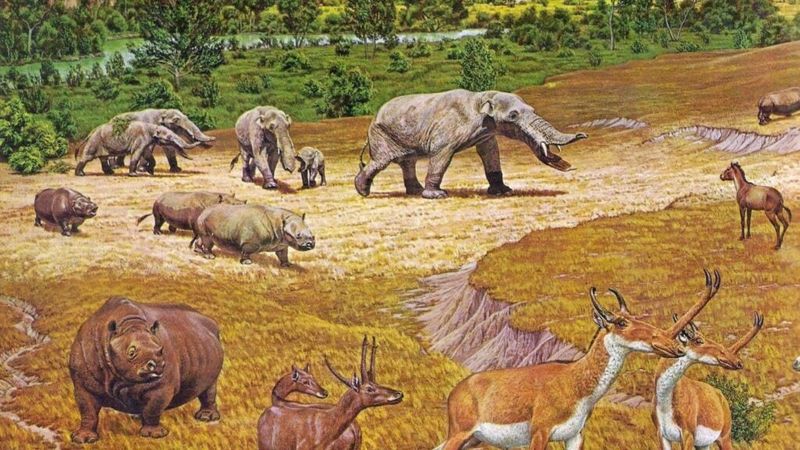
Horned gophers? Three-toed horses? Ancient Texas hosted animals that would seem like science fiction today! The state’s fossil record reveals creatures that defy our expectations.
Short-faced bears – 30% larger than grizzlies – patrolled Texas alongside dire wolves and American cheetahs. What makes Texas special is how many different environmental zones existed side-by-side, creating unique evolutionary opportunities for countless species to thrive in prehistoric microclimates.
11. Texas During The Ice Age: A Land Of Giants

Frozen tundra in Texas? Hard to imagine, but during ice ages, North Texas experienced freezing winters while South Texas remained a refuge for cold-sensitive species. This climate diversity created a biological highway.
Animals migrated seasonally between regions, following food sources. The most recent ice age ended about 11,700 years ago, but its effects shaped modern Texas topography. Ancient rivers, swollen with glacial meltwater, carved canyons that still define the landscape today.
12. Prehistoric Creatures Shaped Texas’ Natural History

The mystery of the missing trees! Many Texas plants evolved thorns and low growth patterns as defense against extinct browsing giants that once pulled down branches with powerful trunks and claws.
Even today’s Texas rivers follow paths carved by ancient animals seeking water. Paleontologists studying fossil footprints can identify ancient game trails that later became Native American pathways and eventually modern highways. Our daily routes often follow the ghostly footsteps of Texas’s prehistoric giants!

